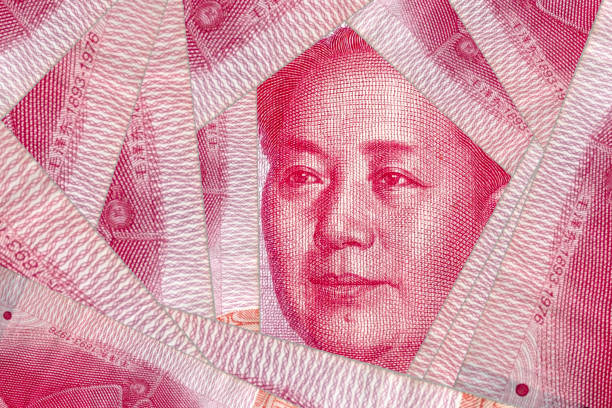Markets
The path of least resistance on yields markets on Friday still was south. Investors after Wednesday’s Fed meeting/press conference clearly saw the glass half empty, rather than half full. The dots suggested otherwise with both growth and inflation forecasts upwardly revised. However, markets drew ‘dovish comfort’ from the fact that the median dot for the 2024 rate path (narrowly) kept the ‘guidance for 75 bps cumulative rate cuts. At the same time, Powell didn’t show worry about the ongoing easing of financial conditions even as (dis)inflation was on a more bumpy path. He also suggested that the Fed’s dual mandate could bring it in a position where it, if labour market data were to deteriorate, can start cutting rates even before a full return to the 2% target has been achieved. Markets again fully consider the option of a first Fed rate cut in June (currently +/- 85%). US yields drifted further away from recent YTD top levels, losing 4.7 bps (2-y) to 7 bps (5 & 10-y). Question remains whether Powell’s ‘selective’ assessment of recent data (and of the dots) will be confirmed by the data and whether his soft view has the backing of a majority within the MPC. Looking at the distribution of the interest rate dots, we’re not convinced. Atlanta Fed president Bostic on Friday indicated that he only sees room for one rate cut this year as he is becoming less confident on inflation. European and UK yields declined in lockstep. German yields ceded between 4.8 bps (2-y) and 8.4 bps (30-y). UK yields eased between 5.6 bps (2-y) and 6.7 bps (10-y) as the focus within the BoE now fully turned to the timing of a rate cuts. We also take notice that the decline in yields this time didn’t really help equities (S&P 500 -0.14%, a tentative sign of fatigue?). On FX markets, the dollar remained in the driver’s seat. DXY returned north of 104 (104.43 close). EUR/USD came within reach of the 1.08 big figure (close 1.0808). USD/JPY lost a few ticks as markets were on alert for (verbal) interventions as the yen again neared multi-year lows (close 151.41).
This morning, Chinese and Japanese officials indeed started an offensive to prevent further currency losses. Japan’s vice finance minister of economic affairs this morning warned that current weakening of yen is not in line with fundamentals and is clearly driven by speculation. He concluded that authorities will take appropriate action against excessive fluctuations. USD/JPY eases marginally this morning (151.35). The yuan also rebounded back to the USD/CNY 7.20 area after breaking this key technical barrier last week as the PBOC via a strong fixing suggested its discomfort with a weaker currency. Today, the eco calendar in US and EMU only contains sector tier releases. Later this week, US data include consumer confidence and durable goods orders (Tues), jobless claims and Chicago PMI (Thurs) and the February PCE deflators (Friday). In EMU, members states from Wednesday on will release March CPI data. We look out however the ‘Powell bond rally’ has room to go. The technical picture for the dollar (DXY and EUR/USD) strengthens. A break below EUR/USD 1.0796 would open the way to the YTD low (1.0695).
News & Views
NBP governor Glapinski in an interview with the Financial Times held out an olive branch to prime minister Tusk. Tusk accuses PiS-appointee Glapinski of politically motivated rate cuts ahead of the October elections at a time when inflation was still way too high. His lawmakers have recently also drawn up charges for alleged wrongdoings related to unlawful buying (at the primary market) of government bonds and misleading accounting (projecting a sizeable profit – which turned into a loss eventually – for 2023, allowing the former PiS government to factor in a big dividend in its pre-election budget). The NBP governor denies all charges and said he understands that accusing the (previous) government and central bank of causing inflation was the easiest way to manage the election campaign. But with the ballot now over Glapinski calls for talks in a bid to end a feud that is hurting the country’s international image.
Slovakia’s Korcok pulled off a surprise victory in the first round of the presidential elections over the weekend. The pro-European former diplomat secured 42.5% of the votes vs the 37% for Pellegrini. Pellegrini is the leader of the Hlas party, which has joined a government coalition led by prime minister Fico and his Smer party in the wake of the October 2023 elections. Slovakia’s president can veto legislation and appoint government officials, judges and central bankers. With Pellegrini as head of state, the Fico-led government’s ability to push through an agenda that’s increasingly raising European concerns rises dramatically. The final presidential round will take place April 6.









